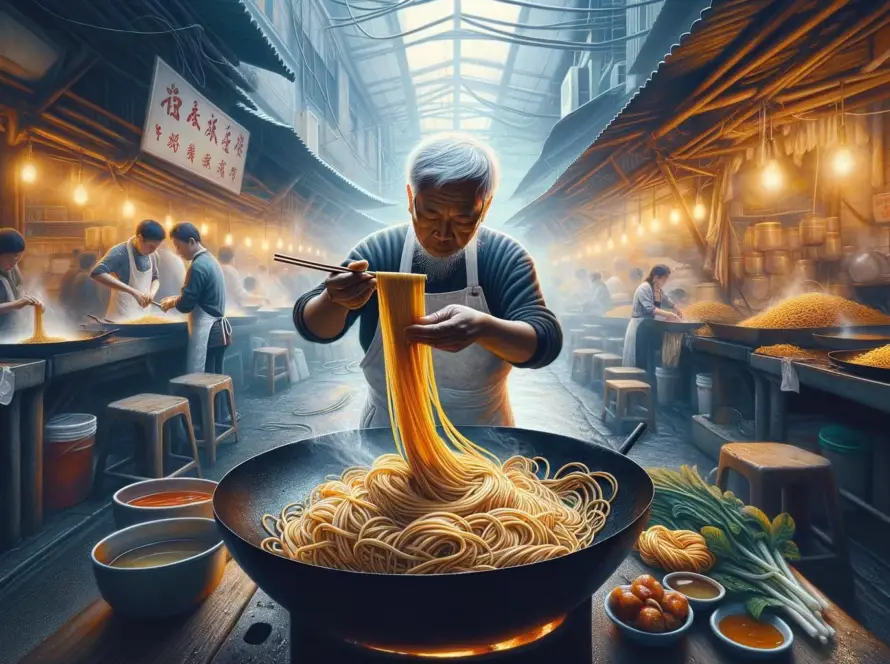Generated by Contentify AI
Chinese dumplings, known as “jiaozi,” boast a rich history steeped in tradition and flavor. With origins dating back over 1,800 years, these delectable morsels have evolved into a beloved staple of Chinese cuisine. Originally created during the era of the Eastern Han Dynasty, dumplings were traditionally made with meat and vegetable fillings, symbolizing wealth and prosperity. Their distinct shape, resembling ancient Chinese currency, further reinforces their association with good fortune.
Over time, Chinese dumplings have evolved to encompass a wide variety of regional fillings and cooking methods, reflecting the diverse culinary landscape of China. From the delicate dumplings of Shanghai, filled with juicy pork and fragrant broth, to the hearty boiled dumplings of Northern China, stuffed with savory minced meat and cabbage, there is a dumpling for every palate. Whether steamed, boiled, or pan-fried, each cooking technique showcases the versatility and creativity of Chinese dumpling culture.
Beyond their culinary significance, Chinese dumplings also play a significant role in cultural celebrations and traditions. During Chinese New Year, families come together to make dumplings, symbolizing unity and prosperity for the year ahead. The act of wrapping and sharing dumplings is a cherished custom that fosters bonds between loved ones. Additionally, the shape of dumplings, resembling a gold ingot, signifies wealth and abundance, making them a popular dish during festive occasions and special gatherings.


